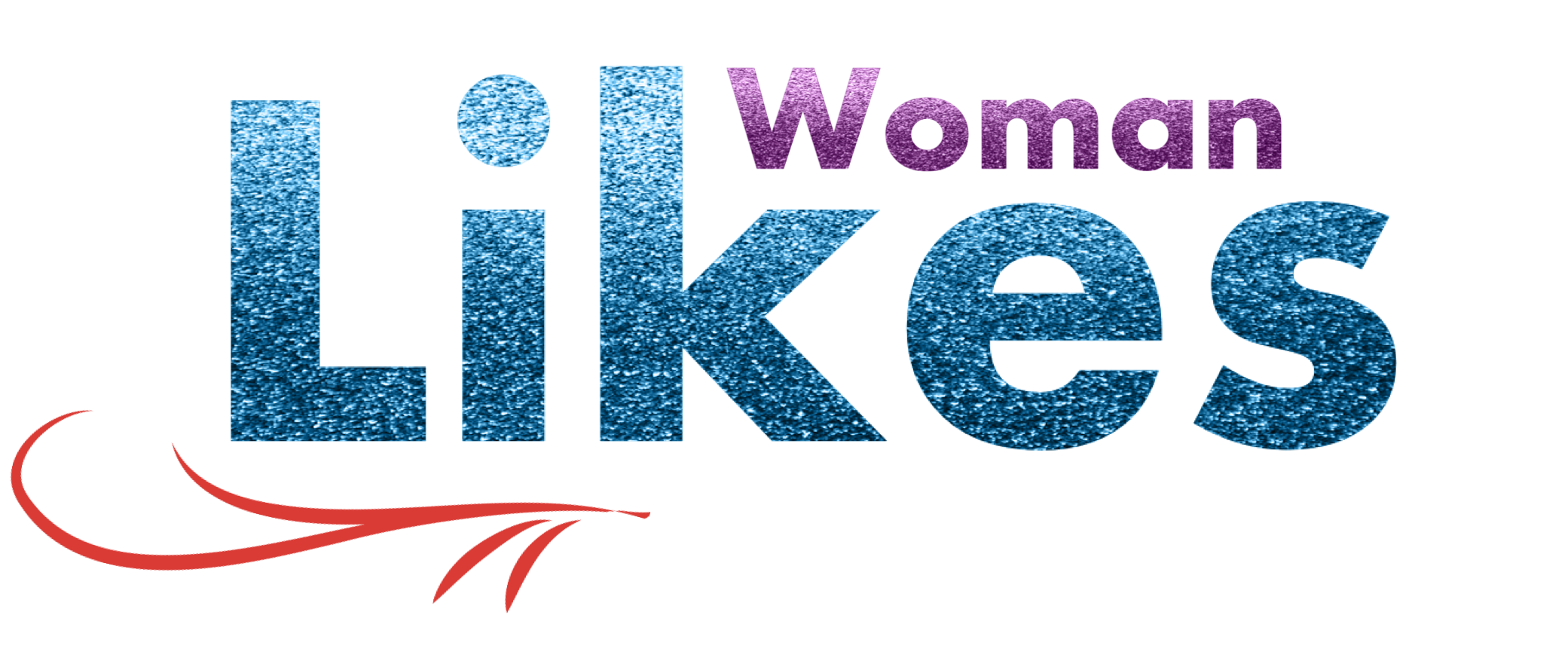
What makes a Woman so special? Here’s a brief primer on the gender of women. This article will discuss the characteristics of a good woman, as well as her anatomy and sex. Once you’ve mastered these basics, you can begin your search for the perfect partner. Here are a few examples of the qualities that make a woman perfect for you. Hopefully, you’ll find this information useful! Also, remember that a good woman is different than your typical girl.
Women
In history, women have had less control over their lives than men. They were often barred from owning land, voting, holding political offices, and attending school. In addition to these restrictions, they have often faced sexual violence, harassment, and discrimination. While the percentage of such incidents has decreased in recent years, many women still suffer from the negative effects of sexual harassment and violence. Fortunately, recent progress in women’s rights has changed the way we think about and treat these issues.
As a rule, “woman” refers to a female human who has attained adulthood. Before reaching adulthood, women are called girls, children, and adolescent. Some languages use “woman” as a plural word. Even though the words are derived from different cultures and societies, they share similar pronunciations. However, women are often treated differently than men. This is because women often undergo asexual transformations during their lives.
Another way in which women experience discrimination is through their employment status. Women who are the only employee at their company are less likely to believe that they’re being promoted fairly and are being treated equally with men. They are also less likely to think their ideas are being judged by their quality, making them twice as likely to leave their jobs. Women are also more likely to suffer from sexual harassment than men. But the good news is that there are a number of strategies companies can use to combat these issues.
Female anatomy
The internal and external reproductive organs of the female body are called female anatomy. They perform sexual functions and aid in reproduction and hormone control. However, there are some differences in the anatomy of males and females. Some babies are born with ambiguous genders and do not have the typical external and internal organs of the cisgender sex. However, the chart below will help you to better understand female anatomy. Read on to learn more!
Female genitalia are divided into two parts: the mons pubis and the vulva. The mons pubis is the rounded part of the pelvic bone where pubic hair grows. The vulva consists of the external genitals, and the labia majora and minora are the folds of skin just inside the vulva. The vulva contains the urethra and the vagina.
The female reproductive organs undergo significant structural changes every month. In addition to playing a vital role during pregnancy, they also play a role in regulating the pH of the body, which is necessary for fertility. The proliferated endometrial lining sheds when pregnancy does not occur and passes through the vagina as menstrual blood. When the uterus is filled with blood, the process of conception begins. Once the uterus reaches a stable pH level, the cervix can re-dilate to a ten centimeter-wide opening.
Female sex
Some people use the terms “assigned male at birth” and “assigned female at birth” interchangeably, but in reality, assigned biological sex may not align with the individual’s identity or physical features. It all starts with fertilization. Male and female sperm each have an X chromosome and combine with the egg’s Y chromosome to fertilize it. This process is known as heterosex. The origins of female gamete evolution are not known, though their significance is often debated.
The reproductive system in women is a complex system of internal and external organs, which are necessary for reproduction and sexual pleasure. The internal genitalia produce female hormones and create a passage for the ovule to descend. The uterus connects these female sex organs. During pregnancy, the uterus is the place where the fetus develops. The vagina contains the cervix, which connects the uterus and the ovaries. During childbirth, babies leave the vagina and exit through the fallopian tubes.
Studies of female sex offenders have shown that traditional sexual scripts perpetuate gender and sex stereotypes. These stereotypes are reinforced by media messages, which often portray female sex offenders as gatekeepers and nurturing females. While male sex offenders are portrayed as “toxic pariahs,” they are actually a minority. While this is unfortunate, it is the only way to combat the stereotype of female sex offenders and prevent future incidents.
Characteristics of a good woman
A good woman is a person who is patient and kind. She understands that there are times when she can’t do everything, so she can wait patiently for a good time and remains strong, even in tough circumstances. A good woman knows when to play and when not to. She doesn’t take a person’s time for granted, and makes sure that her time is spent on things she enjoys. She is also very professional when it comes to commitments.
Smart women are always trying to better themselves. They don’t play coy about their emotions and do not take rejection personally. They read the news and keep abreast of the latest events. This makes them very attractive to men. They are also kind and considerate to others and try to make others feel good. A woman who is able to handle her emotions well is a person who is easy to be around.
Good women do not tolerate poor treatment. They know that they are special and deserve respect. Men must always be sure to mirror these qualities and good women are more likely to stick with you. It is also very important to have the right attitude towards women. A woman with good traits will have a higher probability of sticking with a relationship if it is based on mutual respect and good feelings. You should never let a good woman down!
Violence against women
Although violence against women is a pressing public health issue, the statistics are incomplete, and there is little public outrage over this problem. This is largely because perpetrators are rarely held accountable for their crimes. Furthermore, gender-based violence often involves discrimination and is compounded by many other forms of inequality. For example, women who are racially or ethnically marginalized are more likely to experience violence against them than women of similar social status. Additionally, women who are victims of violence often face long court battles because of the lack of recourse.
The VAWA passed in 1994. This landmark federal legislation aims to prevent and address violence against women. The VAWA authorizes federal funding for programs that prevent, detect, and respond to violence against women. VAWA also criminalizes certain forms of violence and provides resources for coordinated community responses. The Office of Violence Against Women (OVW) awards various grants to various agencies and organizations. In fiscal year 2019, VAW will receive $559 million in grants to support its work.
Intimate partner violence is the most common form of violence against women. Nearly one-third of women experience physical and sexual violence at some point in their lives. Studies have linked intimate partner violence to a variety of physical and mental health problems. Victims of domestic violence have higher rates of developing high-risk behaviors, such as smoking and drinking alcohol. These men may also have a history of maltreatment, including child abuse. They may also have a sense of entitlement over their women.
Gender identity
The term “gender identity” is often used to describe an internal map that a classed woman uses to navigate her social and material realities. In some cases, the internal map is based solely on self-identification. For others, it is a combination of both. For example, some men identify as women but dress in male stereotypes. Others may retain facial hair. Whatever the case, the idea of gender identity is a broad one, and the gender identity of a woman is complex.
Despite the complexity of transgender identities, these scenarios illustrate the diversity of lived identities and the difficulty of interpreting them. Moreover, they are based on a snapshot of current gender identities, and not a comprehensive model of what transgender people experience in their lives. As such, it is important to remember that transgender individuals have rights and should be treated as such. However, these rights and protections should not be undermined or removed.
Haslanger’s concept of the gender of a woman does not account for the differences in gender and sexual orientation, which is why it does not acknowledge the agency of transwomen. However, the concept of gender is an important part of trans identity, and Haslanger’s goal of a more inclusive, equitable society is to promote this. It is important to realize that Haslanger’s target concept of gender is also based on a sex-based social class, which is the only way to include transwomen in this definition.
Origin of the word “woman”
The word “woman” is derived from the Old English wif man, which literally means “female human being.” Earlier, the word “man” had a neutral meaning of person. But over time, the term became exclusively masculine, and “man” may be connected to a root meaning “to think.” The word ‘woman’ is not a direct descendant of the Latin ‘vir’, but it does have similar origins.
The word woman’s origins are largely platonic. The term first appeared in Middle English as a combination of the words “wif” and “man.” Throughout history, it has assumed its current meaning. However, the word originally meant both “female” and “adult.”
The word “woman” was used to refer to the female human. In modern Chinese, a woman is an adult human being. A girl, for example, is considered a female human before she is an adult. The plural form of the word “woman” is also used. But this use of the word is still somewhat problematic. In other languages, women have a neutral, feminine meaning. In some cultures, the word “woman” has a disparaging connotation.







